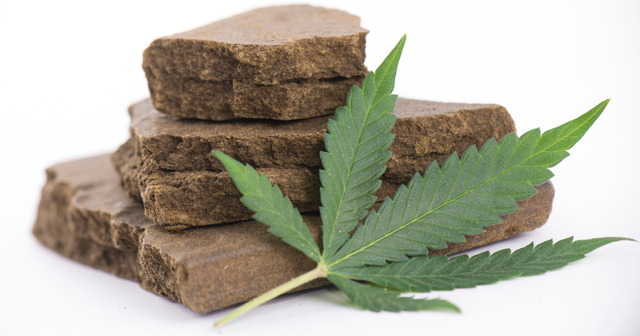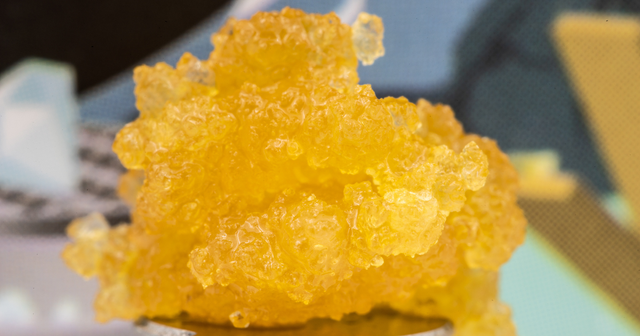Cannabis Concentrates & Extraction Methods
A look at what differences make certain cannabis concentrates unique from others, how they are extracted, and why they are so popular for many modern-day consumers. - Written by Anna Barberena
Have you ever wandered around a dispensary and found yourself looking at cannabis concentrates? If so, we bet you were also thinking “what exactly is this thing that I’m looking at? How did cannabis flowers transform into these small bits of golden crumbles?” There are so many concentrates nowadays that understanding the basics before graduating to a more experienced approach is essential. Let’s look at what differences make certain cannabis concentrates unique from others, how they are extracted, and why they are so popular for many modern-day consumers.
What is a cannabis concentrate?
Cannabis concentrates are forms of cannabis that have been highly concentrated by mechanical or solvent-based processes. By removing plant materials such as waxes, lipids, and chlorophyll, there is a higher proportion, and thus higher potency, of cannabinoids and terpenes that are left behind.
The cannabinoids and terpenes within cannabis are the compounds that give cannabis its potency and variety of effects, flavor, and aroma. By consuming the concentrate, we can access the effects of cannabis without having to consume any of the plant material.
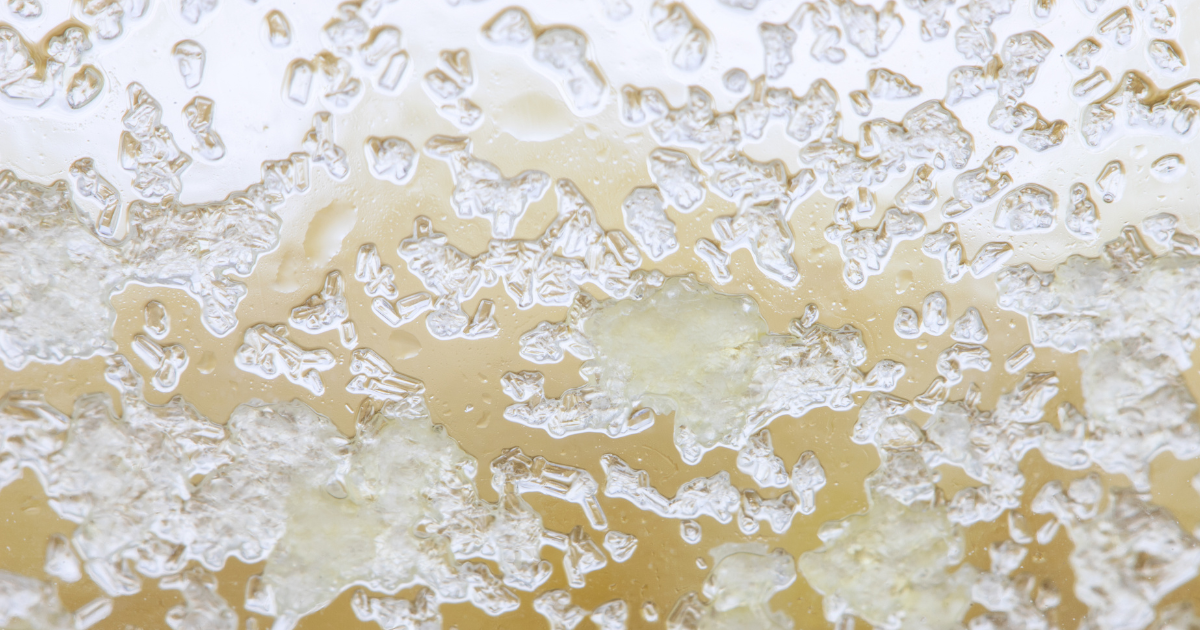
While most cannabis flower will generally test between 10-40% THC, cannabis concentrates offer higher THC levels usually ranging from 60-99% THC. Depending on the extraction method and variables used within that method, such as temperature and pressure, the ratio of cannabinoids to terpenes and consistency of the concentrate can be changed.
How are cannabis concentrates different from other forms of cannabis?
Concentrates are unique within the world of cannabis for a few different reasons. Concentrates usually:
- Offer a higher potency of major cannabinoids such as THC and CBD when compared to flower.
- Come in a variety of different consistencies and ratios of cannabinoids to terpenes.
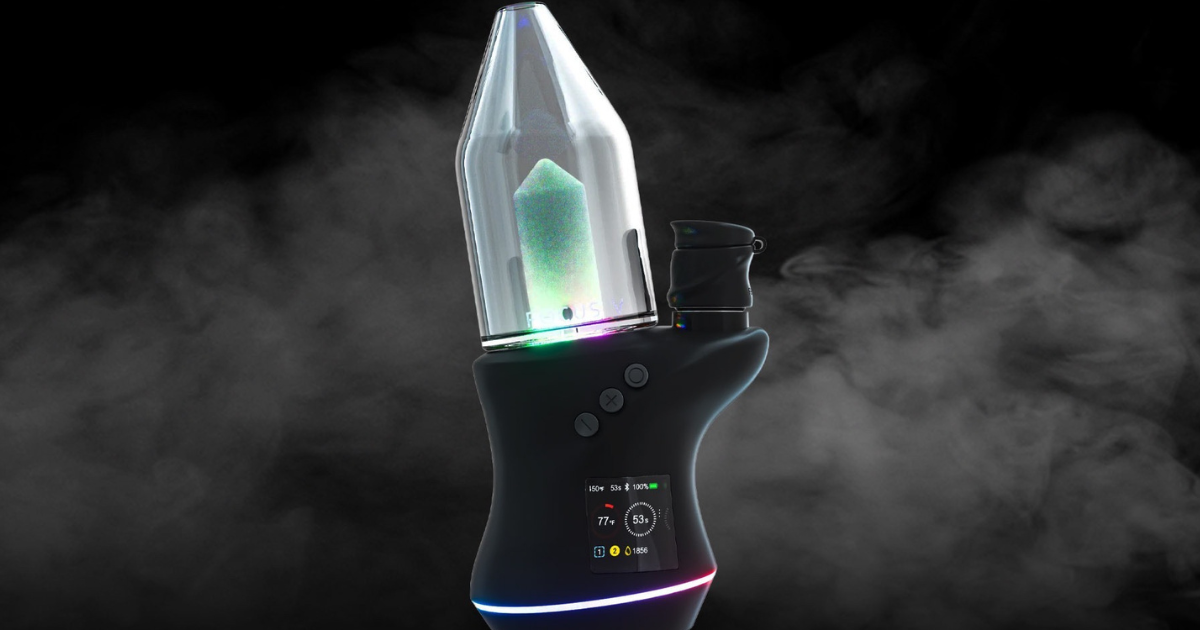
- Can be consumed in a variety of ways such as a dab rig, dab pen, vape pens, edibles, tinctures, and even topicals. Don’t contain plant material, so there is no burning of plant material which creates smoke with tar and carcinogens.
How are the compounds extracted from cannabis?
There are two primary methods that are used to extract the compounds from cannabis: solvent-based extraction and solventless (also called mechanical) extraction.
This is where it can get a bit confusing because of the scientific terms and processes involved. These fundamental processes are important to understand so we can make the best informed decision for ourselves.
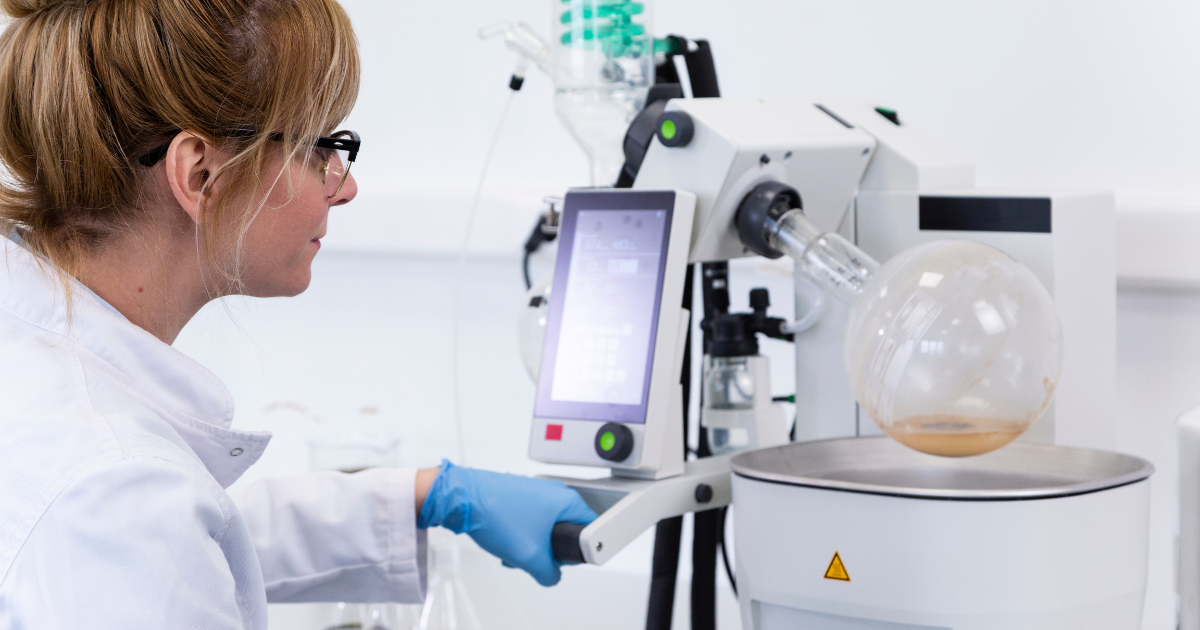
Solvent-based extractions use a chemical compound, the solvent, to dissolve the plant material which frees the cannabinoids and terpenes from the structure that contains them, the trichomes.
The cannabinoids and terpenes can then be completely separated from the material and extracted separately. The most popular solvents used for solvent-based extractions are carbon dioxide, ethanol, and hydrocarbons such as propane and butane.
Carbon dioxide (CO2): Carbon dioxide is condensed into a liquid form which is able to dissolve cannabinoids and terpenes separately depending on the temperature and pressure that is used.
Since this method does not require extreme temperatures, it is highly efficient at extracting terpenes which are essential for the flavor, aroma, and effects of cannabis.
At the end of the extraction process cannabinoids and terpenes of high purity can be recombined in various formations. CO2 extracts are most commonly used for edibles and vape cartridges.
Ethanol: Ethanol is an aggressive solvent making it highly efficient at extracting large quantities of cannabinoids. Because ethanol has a high boiling point, certain aspects of the extraction process happen at high temperatures which means that most of the extracts obtained by this method will already be decarboxylated.
This means that the cannabinoids are already in their active form and do not need any other form of heat to access their effects. Ethanol extractions are generally high in cannabinoid content but low in terpene content which is why they are commonly used as the base ingredient for edibles, topicals, transdermals, and suppositories.
Hydrocarbon (propane and butane): Hydrocarbon solvents are highly selective and bind readily with terpenes which makes them efficient at extracting them. They also have low boiling points which allows for the preservation of terpenes and keeps cannabinoids in their acidic state.
This means that the end products of this extraction method are great candidates for smokeable products with high terpene content. The solvents themselves are highly flammable and often used in closed-loop systems to safely extract the compounds and remove residual solvents.
The most common products made from hydrocarbon extraction are dabbable products, vape cartridges, and edibles. They can also be further decarboxylated to be used in edibles and topicals.
Solventless extractions do not use any chemicals to separate the compounds in cannabis from the plant material. Instead, this process uses water, pressure, filtration, and temperature to extract the trichome heads from the plant which can then be further processed. There are varying degrees of concentrates within this method which vary in terms of purity or how much plant material still remains.
Ice water and agitation are used to freeze the trichome heads and separate them from the remaining plant material. These trichome heads then go through a series of filters that will ultimately remove more and more plant material leaving behind a product with a high ratio of cannabinoids and terpenes known as ice water hash.
This can then be further purified with heat and pressure to create other concentrates such as rosin. Due to the artisanal nature of this process, most products made from rosin will be dabbable products. However, the industry is seeing solventless extracts being used for more products than ever before including edibles, tinctures, vape pens, and topicals.
The method of extraction determines what kinds of concentrate types you can produce, so we will separate each type by the extraction method used to create it.
Solvent-Based Concentrates
Distillate Oil: Distillate is a thick, odorless, flavorless oil that is usually highly refined in order to contain only THC or CBD. Since it has no odor or flavor they are often used in vape pens where additional terpenes are added in certain formulations depending on the company. This extract is also often commonly used in edibles to produce an edible product that does not have the flavor of cannabis.
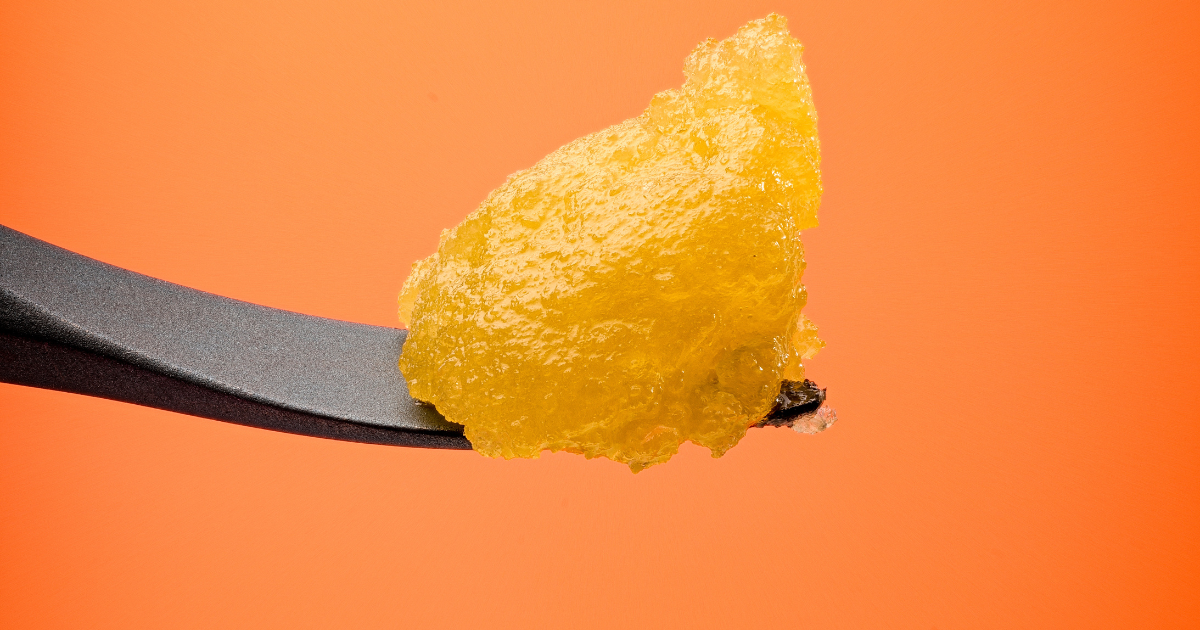
Shatter: Shatter is a solid, golden, opaque concentrate that often resembles glass in appearance when at cooler temperatures. When handled this form can often “shatter” into several pieces, hence its name. This form generally has a high concentration of cannabinoids with lower concentrations of terpenes.
Batter/Budder: Concentrate that has been whipped under heat to change its texture into a cake frosting or sauce-like consistency Sugar: Concentrate that has been exposed to heat and movement to create a grainy and shiny texture
Live Resin: Made from fresh frozen flowers leaving cannabinoids and terpenes in a pristine state making for a high terpene concentrate that is usually taffy-like, not too wet, and not too stiff.
Solventless Concentrates
Live Rosin: Ice water hash is exposed to pressure and low temperatures which explodes the trichome head releasing the cannabinoids and terpenes inside. The oil is generally a light to medium gold color and is a thick, syrup-like consistency at room temperature.
Flower Rosin: Flower that has been dried and cured is broken down and then exposed to pressure and low temperatures. Because the flower has been dried and cured, there will be some terpene loss which generally makes this rosin less flavorful than live rosin.

Ice Water Hash: Often the starting point for other forms of solventless concentrates. Ice water and agitation are used to separate the trichome heads from the plant material. The trichome heads are then put through a series of screens further removing any remaining plant material and further refining the trichome heads present. The heads are then separated from the water and carefully dried. This is usually a sticky, wet sand-like consistency ranging from light golden to a deep brown color.
DISCLAIMER: THIS SITE DOES NOT PROVIDE MEDICAL ADVICE.
All information, including but not limited to, text, graphics, images and other materials contained on this site are for informational purposes only. No text, graphics, images or other materials on this site are intended to be professional medical advice or a substitute for professional medical advice, diagnosis or treatment. Always seek the advice of your physician or other qualified health care provider with any questions you may have regarding a medical condition or treatment and before undertaking a new health care regimen, and never disregard professional medical advice or delay in seeking professional medical advice because of something you have viewed on this site.
